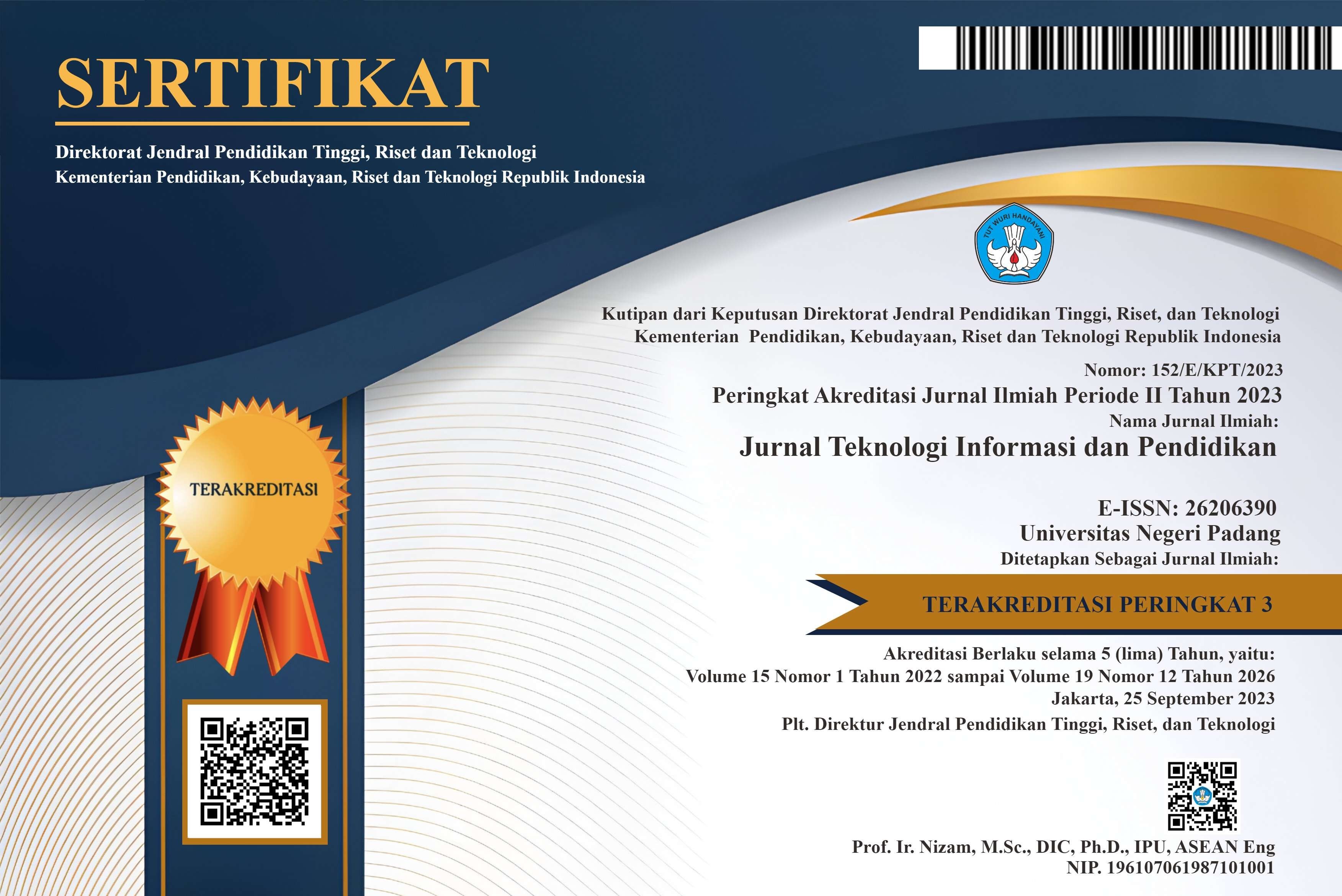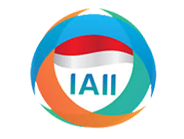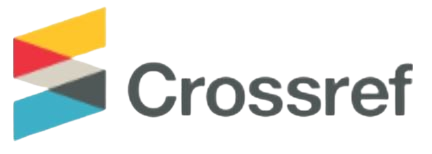An Analysis Effect of Internet Capability on The Enhanced of Student Interest in Pursuing Technological Entrepreneurship During Pandemic
DOI:
https://doi.org/10.24036/jtip.v16i2.801Keywords:
Technopreneur Intention, Internet Self-Efficacy, Individual Entrepreneurship Orientation, SEM - PLSAbstract
Indonesia's internet use is increasing rapidly, especially during the Covid-19 pandemic. The most significant number of internet users today are at the age of students. Students can use the Internet for learning, social activities, and business. Therefore, it is the background of this study to explore factors in internet skills, such as contextual efficacy, internet self-efficacy, and computer self-efficacy, which affect the interest of students in Indonesia to become a technopreneur. The study uses quantitative methods, with the Structural Equation Model and Partial Lease Square (SEM-PLS) techniques. Data collection using snowball sampling technique from 11 cities in Indonesia and collected 506 respondents used in this study during the pandemic situation. This study found four relationships that have an influence. Computer self-efficacy impacts 68.2% of individual entrepreneurship orientation and 34.3% of technopreneur intention. Contextual element affects 43.9% of technopreneur intentions. Internet self-efficacy affects 17.3% of technopreneur intentions. The study found that three relationships had no effect. The conclusion of the research conducted during the COVID-19 pandemic is that the ability to surf the Internet for Computer Self Efficacy, Contextual Elements, and Internet Self Efficacy directly affects students' desire to become technopreneurs.















.png)














